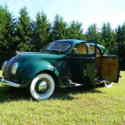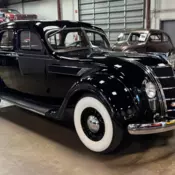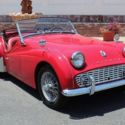1935 Chrysler Imperial C2 Airflow Fully Restored to Top Show Standards
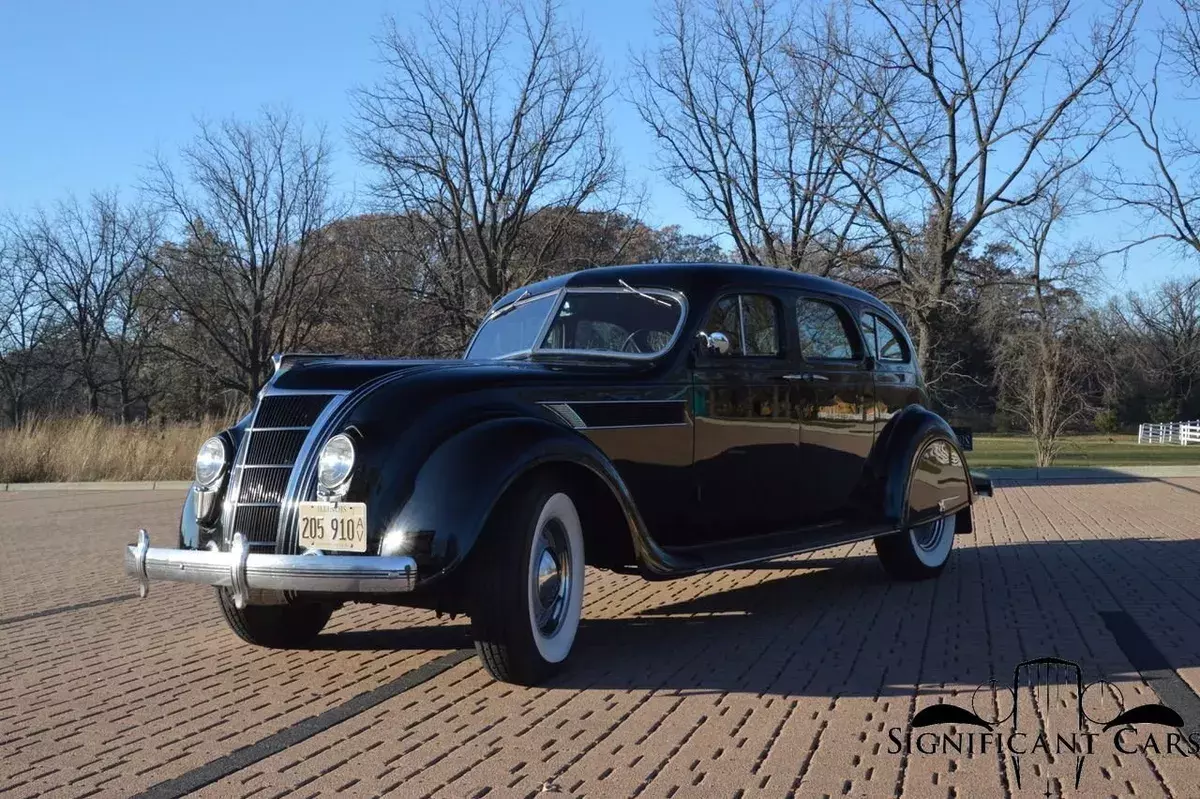

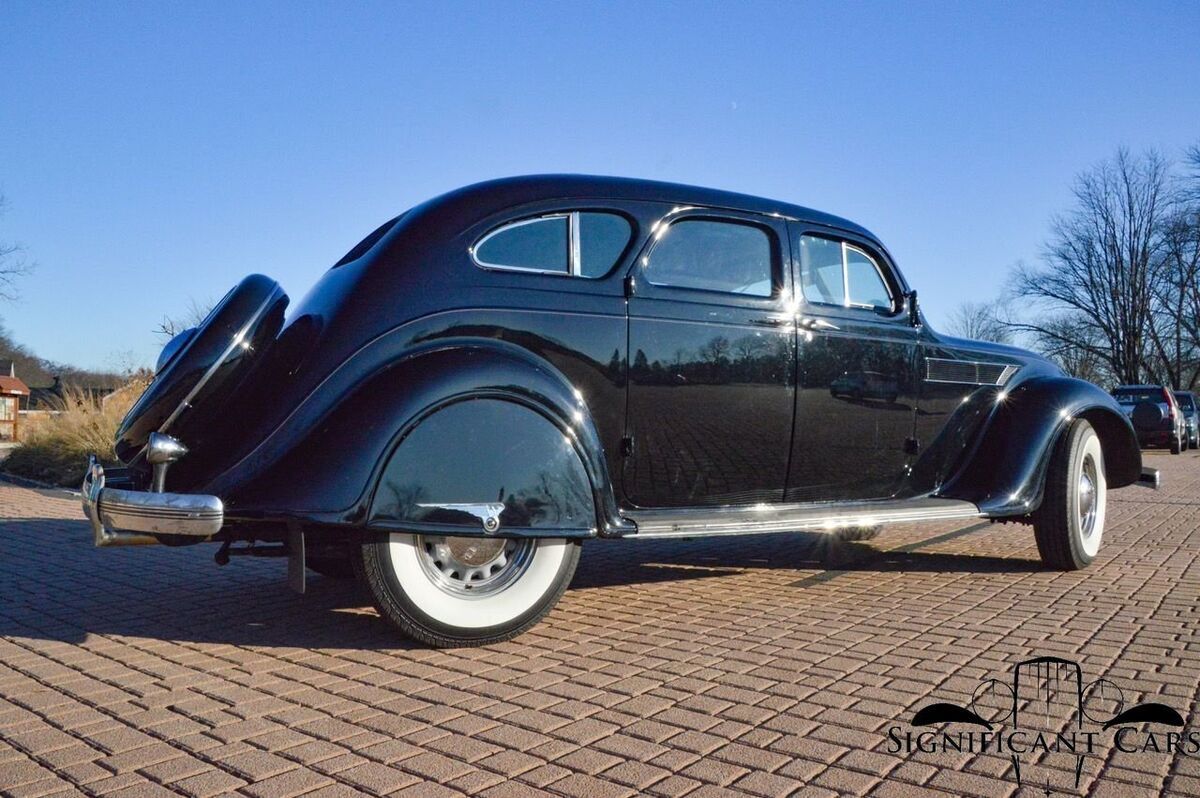
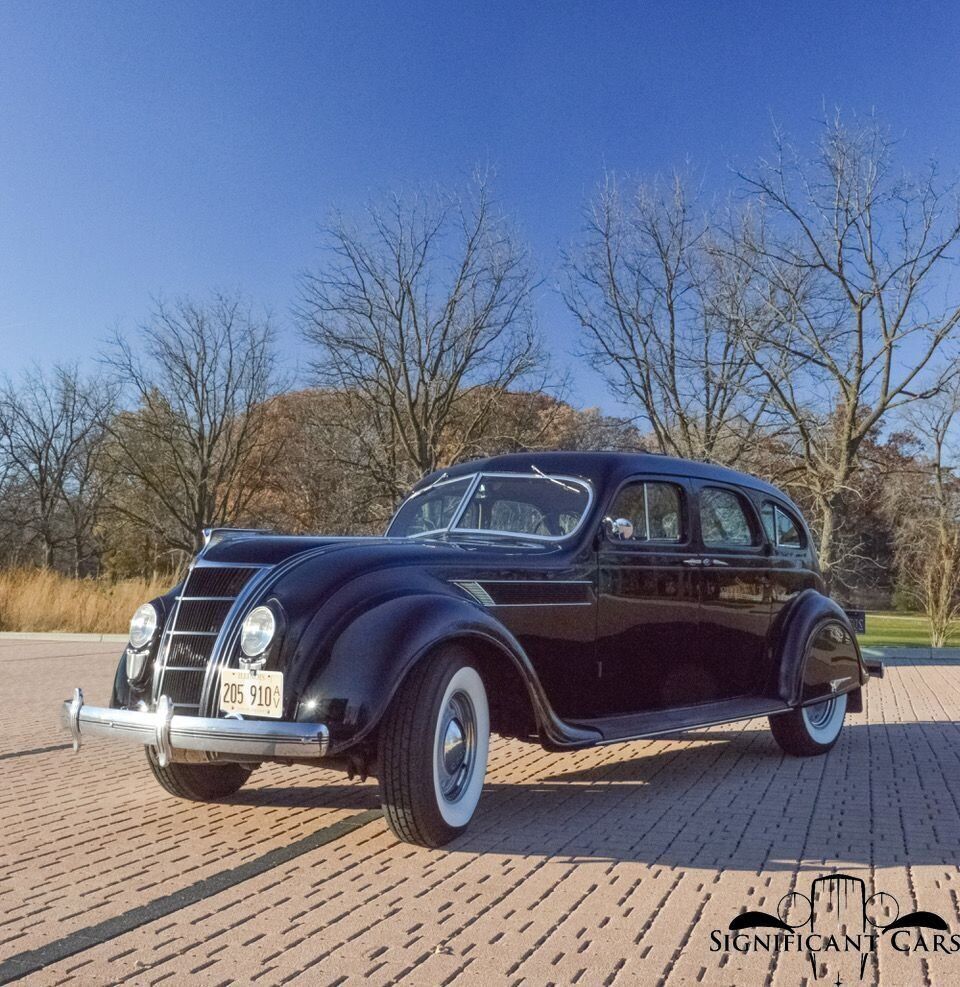
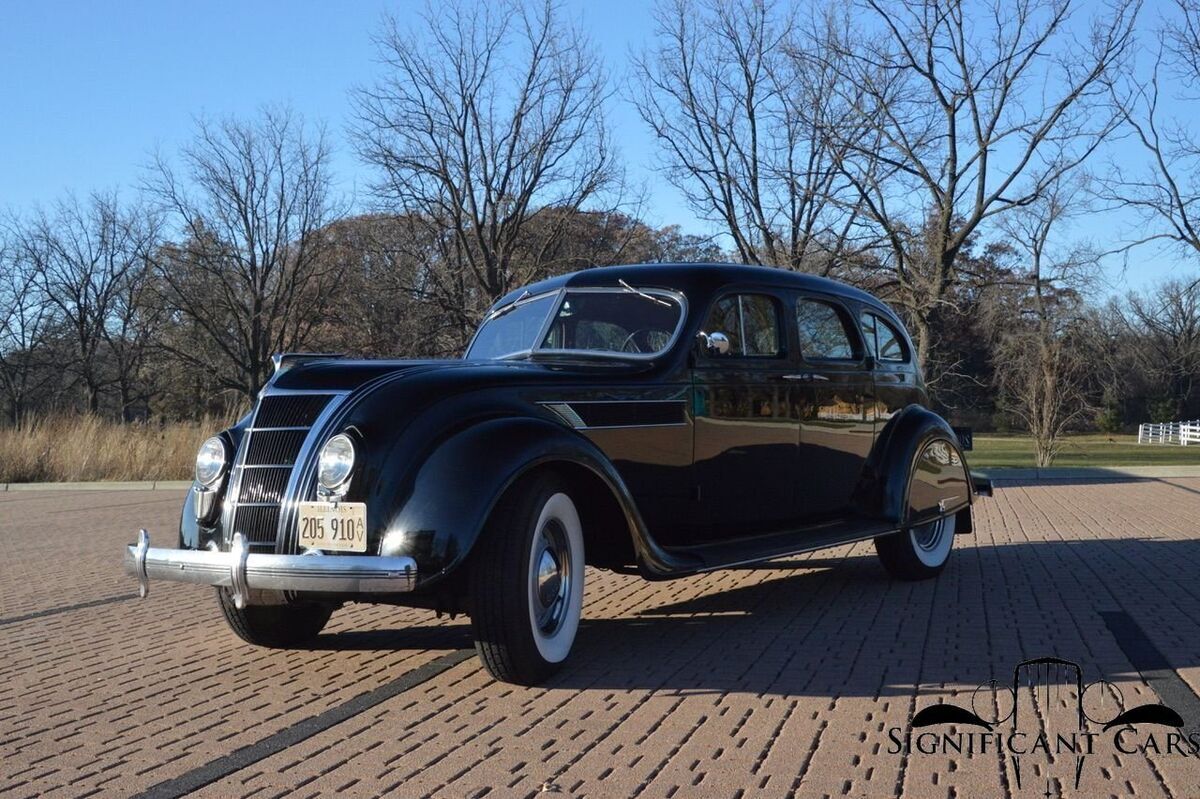
Vehicle Description
The Chrysler Airflow is a full-size car produced by Chrysler from 1934 to 1937. The Airflow was the first full-size American production car to use streamlining as a basis for building a sleeker automobile, one less susceptible to air resistance. Chrysler made a significant effort at a fundamental change in automotive design with the Chrysler Airflow, but it was ultimately a commercial failure due to a lack of market acceptance and controversial appearance.
Chrysler also marketed a companion model under the DeSoto brand, the DeSoto Airflow, and the appearance was also offered on the top of the line Chrysler Imperial.
Chrysler engineers Carl Breer, Fred Zeder, and Owen Skelton, began a series of wind tunnel tests, with the cooperation of Orville Wright, to study which forms were the most efficient shape created by nature that could suit an automobile. Chrysler built a wind tunnel at the Highland Park site, and tested at least 50 scale models by April 1930. They found that then-current two-box automobile design was so aerodynamically inefficient that it was actually more aerodynamic when tested as if being driven backwards. Applying what they had learned about shape, the engineers also began looking into unibody construction to achieve rigidity with less weight than could be achieved with the conventional separate frame and body. The strengthening was demonstrated in a publicity reel. The car thus represented a breakthrough in lightweight-yet-strong construction, as well as increasing the power-to-drag ratio, since the lighter, more streamlined body allowed air to flow around it instead of being caught against upright forms such as radiator grilles, headlights and windshields.
Traditional automobiles of the day were the typical two-box design, with about 65% of the weight over the rear wheels. When loaded with passengers, the weight distribution tended to become further imbalanced, rising to 75% or more over the rear wheels, resulting in unsafe handling characteristics on slippery roads. Spring rates at the rear of traditional vehicles, which used leaf springs, were therefore necessarily higher, and passengers were subjected to a harsher ride.
Innovative weight distribution in the new Chrysler Airflow stemmed from the need for superior handling dynamics. The engine was moved forward over the front wheels compared with traditional automobiles of the time, and passengers were all moved forward so that rear seat passengers were seated within the wheelbase, rather than on top of the rear axle. The weight distribution had approximately 54% of the weight over the front wheels, which evened to near 50:50 with passengers and resulted in more equal spring rates, better handling, and far superior ride quality.
Unfortunately for Chrysler the public was not ready for the innovative Airflow and sales were not good. While the Airflow may have signaled Chrysler's attempt to set itself apart from other manufacturers, the failure of the car in the marketplace caused the company to take a more conservative path with its future models. Until the debut of Virgil Exner's "Forward Look" cars of 1955, Chrysler's corporate styling was conservative and mainstream.
This very nice example was the subject of a comprehensive restoration some years back and has aged very well. The car runs and drives perfectly with only the most minor of flaws noted by the Seller- the Gas Gauge is non functioning, the original temp gauge is not working so an auxiliary has been added, the overdrive could be adjusted for easier engagement of reverse, and the electric fuel pump plumbing could be tidied up. The Imperial Airflow is a CCCA Full Classic and this rare car will make a great tour car for either CCCA or AACA Events or Shows.

